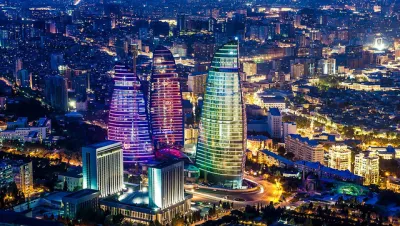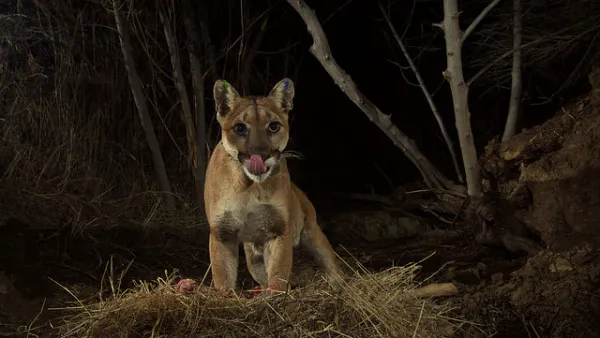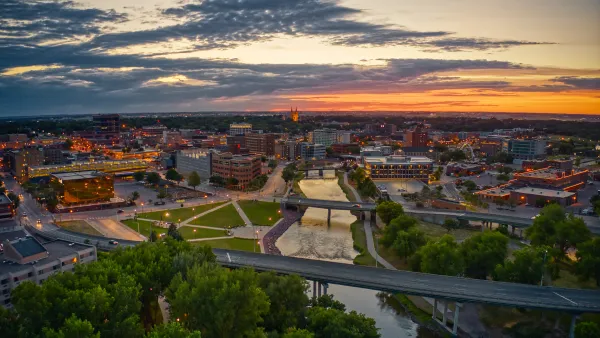The expansion of the built environment proceeds with little regard for the loss of biodiversity, and the planning field isn't doing enough to help.

Richard Weller, ASLA, shares news of a study conducted by researchers at the McHarg Center for Ecology and Urbanism at the University of Pennsylvania that maps the conflict between humanities growing footprint and the planet's loss of biodiversity.
"The study, of which these maps are a part, is titled Hotspot Cities and focuses on urban growth in the world’s 36 so-called biodiversity hotspots – large regions where unique flora and fauna is threatened with extinction," explains Weller.
"The study also zooms in on 33 of the biggest and fastest growing of these hotspot cities to assess the degree of imminent conflict between growth and biodiversity," according to Weller. "The cities are Sao Paulo, Los Angeles, Houston, Cape Town, Port-au-Prince, Baku, Brasilia, Santiago, Dar es Salaam, Nairobi, Sydney, Lagos, Rawalpindi, Mecca, Guangzhou, Esfahan, Osaka, Antananarivo, Ciudad de México, Durban, Tel Aviv, Guadalajara, Tashkent, Chengdu, Auckland, Davao, Honolulu, Perth, Jakarta, Bogotá, Guayaquil, Makassar (Ujung Padang), Colombo."
The article shares some examples of these hotspot maps, along with a startling conclusion about the lack of long range planning to address and mitigate the loss of biodiversity in most of the world's sprawling places.
FULL STORY: New Maps Show How Urban Sprawl Threatens the World’s Remaining Biodiversity

National Parks Layoffs Will Cause Communities to Lose Billions
Thousands of essential park workers were laid off this week, just before the busy spring break season.

Retro-silient?: America’s First “Eco-burb,” The Woodlands Turns 50
A master-planned community north of Houston offers lessons on green infrastructure and resilient design, but falls short of its founder’s lofty affordability and walkability goals.

Delivering for America Plan Will Downgrade Mail Service in at Least 49.5 Percent of Zip Codes
Republican and Democrat lawmakers criticize the plan for its disproportionate negative impact on rural communities.

Test News Post 1
This is a summary

Test News Headline 46
Test for the image on the front page.

Balancing Bombs and Butterflies: How the National Guard Protects a Rare Species
The National Guard at Fort Indiantown Gap uses GIS technology and land management strategies to balance military training with conservation efforts, ensuring the survival of the rare eastern regal fritillary butterfly.
Urban Design for Planners 1: Software Tools
This six-course series explores essential urban design concepts using open source software and equips planners with the tools they need to participate fully in the urban design process.
Planning for Universal Design
Learn the tools for implementing Universal Design in planning regulations.
EMC Planning Group, Inc.
Planetizen
Planetizen
Mpact (formerly Rail~Volution)
Great Falls Development Authority, Inc.
HUDs Office of Policy Development and Research
NYU Wagner Graduate School of Public Service





























